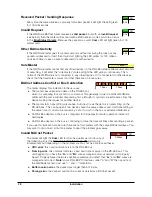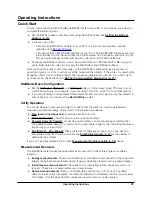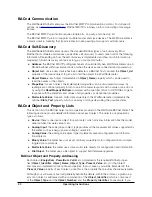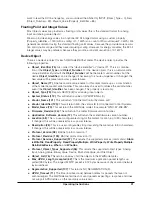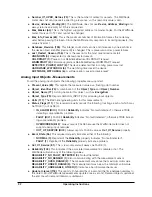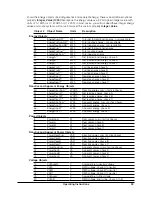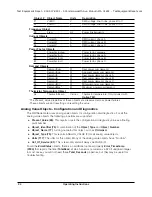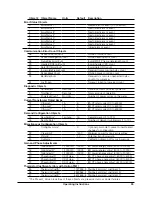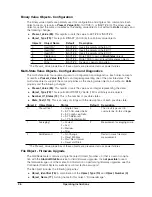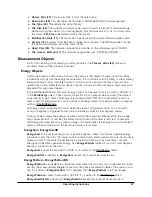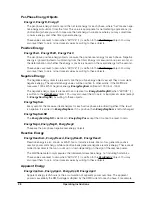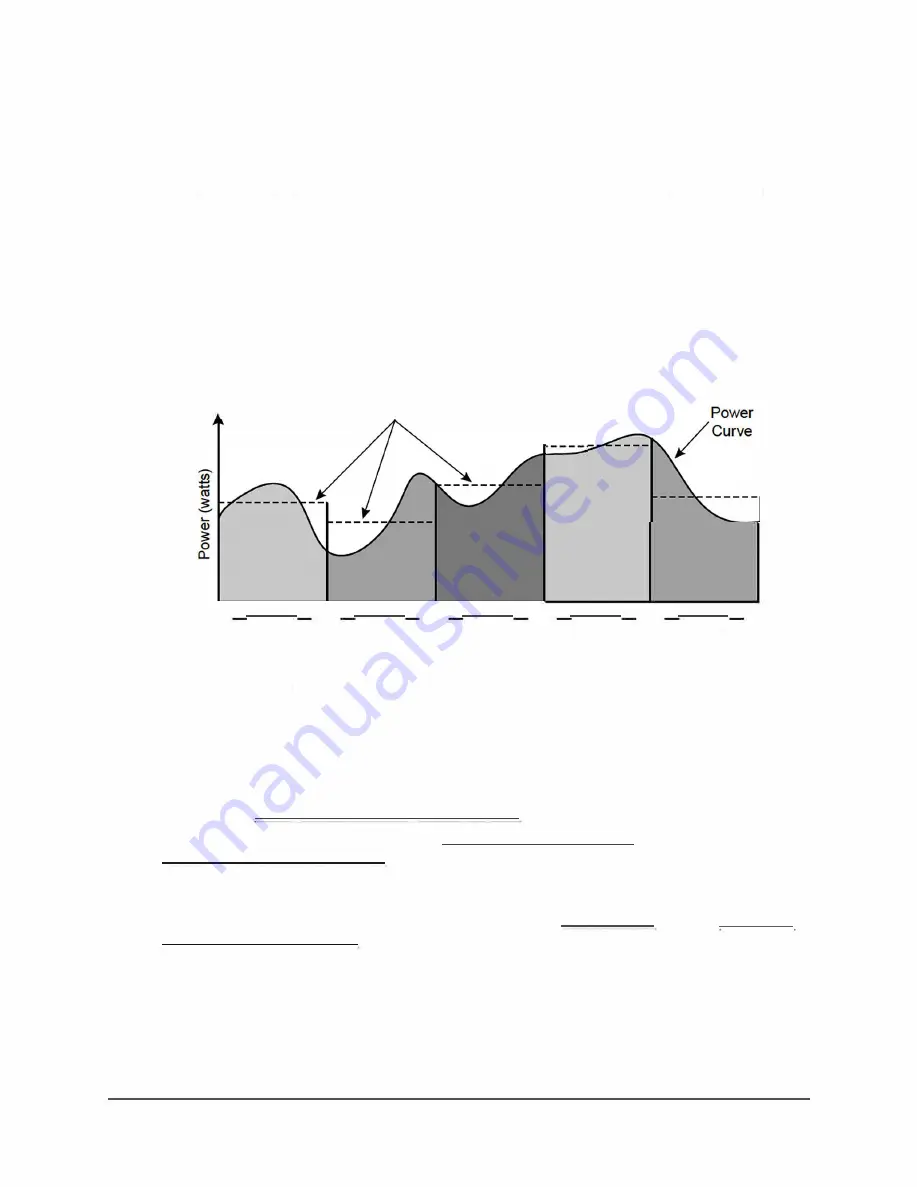
PowerFactorAvg
This is the average power factor, computed as
PowerSum
I
ApparentPowerSum.
Demand Objects
Demand is defined as the average power over a specified time interval. Typical demand intervals
are 5, 10, 15 (default), 30, 60, etc. up to 720 minutes, but the WattNode meter supports arbitrary
demand
i
ntervals from 1 to 720 minutes (12 hours). The meter records the peak demand for
applications where the measurements may only be accessed weekly or monthly.
Since the WattNode meter can measure bidirectional power (positive and negative), and the
demand is the average power over an interval, demand can also be positive or negative. This is
only likely to occur with something like a grid-tied PV system, where you may put energy back into
the grid at certain times of the day (negative power). In this case, you would see negative demand.
If you have both positive and negative power during a demand interval, both the positive and the
negative data will be averaged together, such that the negative power subtracts from the positive,
reducing the overall demand.
I
Demand
◄
Interval
►
I
◄
Demand
Demand
I
Demand
I
Demand
Interval ► ◄ Interval ► ◄ Interval
Figure 10: Demand Measurement
►
I
◄
Demand
I
Interval ►
WattNode meters also supports rolling demand (also called "sliding window"), in which the
demand intervals are evenly divided into a fixed number of subintervals. At the end of each
subinterval, the average power over the demand
i
nterval is computed and reported as the
Demand Sum.
This results in better accuracy, especially for demand peaks which would not have
lined up with the demand interval without subintervals. On power up, the demand measurements
will report zero until one full demand interval is completed. From 1 to 10 subintervals are sup
ported. A subinterval count of one results in the standard demand measurement without ro
l
ling
demand. See
Configuration and Diagnostic Objects
for information on configuring the demand.
Any changes to the demand configuration
or CT configuration
(CtAmpsA. CtAmpsB. CtAmpsC lnvertCtA, lnvertCtB, lnvertCtC)
will zero the reported
demand values and start new demand measurements. The
DemandMin
and
DemandMax
will
not be reset by configuration changes.
To manually zero some or all of the demand objects, see the
object in
below.
The demand object values are reported in un
i
ts of watts.
Operating Instructions
41


